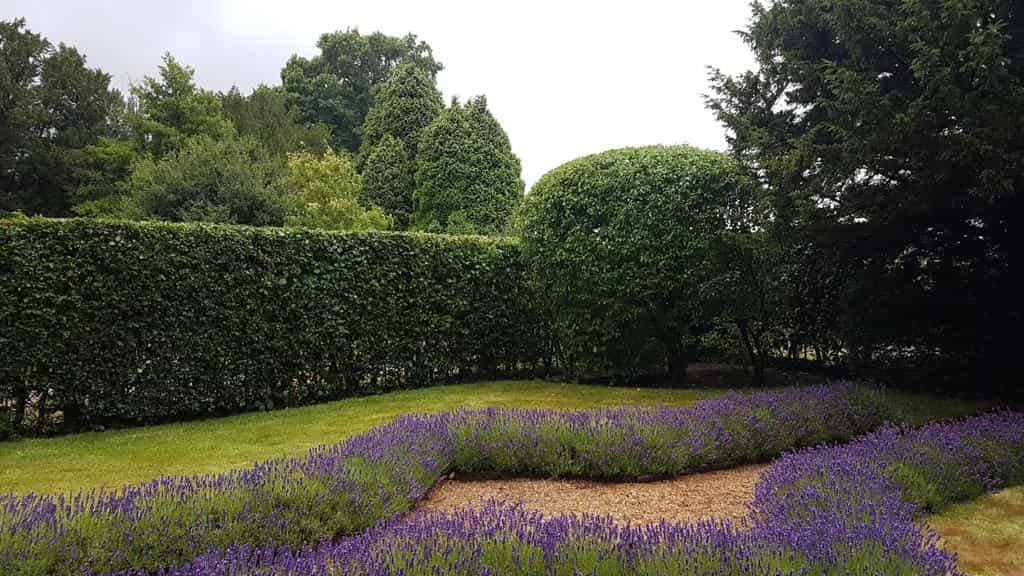Introduction: Trimming trees near power lines requires careful planning and execution to ensure safety for the tree surgeon and nearby residents. At LM Tree Surgery Havant, we understand the importance of proper techniques and precautions when working near power lines. This blog post provides essential guidelines on safely trimming trees near power lines to maintain tree health, prevent hazards, and comply with regulations.
Importance of Proper Tree Trimming Near Power Lines
- Safety Concerns
- Risk: Trees touching or interfering with power lines can pose serious safety hazards, including electrical shocks and fires.
- Importance: Proper trimming reduces the risk of accidents and ensures safe clearance around power lines.
- Tree Health
- Consideration: Improper pruning techniques can damage trees and compromise their structural integrity.
- Benefit: Correct trimming promotes healthy growth while maintaining trees’ aesthetic and ecological value.
Guidelines for Safely Trimming Trees Near Power Lines
- Assess the Situation
- Initial Step: Conduct a thorough assessment of the tree’s proximity to power lines and health condition.
- Consideration: Identify potential risks and determine the appropriate trimming approach.
- Maintain Safe Clearances
- Standard: Follow recommended clearance distances provided by local authorities and utility companies.
- Guideline: Typically, maintain a minimum clearance of 10 feet (approximately 3 metres) between trees and power lines.
- Use Qualified Tree Surgeons
- Expertise: Hire trained and certified tree surgeons who are experienced in working near power lines.
- Precaution: Ensure they adhere to safety standards and regulations for tree trimming around electrical infrastructure.
- Implement Proper Tools and Techniques
- Equipment: Use insulated tools and appropriate safety gear to minimise the risk of electrical contact.
- Technique: Employ directional pruning to guide tree growth away from power lines without compromising tree health.
- Plan for Debris and Disposal
- Procedure: Safely remove trimmed branches and debris to prevent interference with power lines or neighbouring properties.
- Consideration: Dispose of trimmings responsibly and according to local waste management guidelines.
Compliance with Regulations and Permissions
- Obtain Necessary Permissions
- Requirement: Check with local authorities and utility providers for permits and guidelines regarding tree trimming near power lines.
- Compliance: Adhere to regulations to avoid legal implications and ensure safety compliance.
- Consult with Utility Companies
- Collaboration: Coordinate with utility companies to schedule tree trimming operations around power line maintenance schedules.
- Communication: Maintain open communication to address any concerns or specific requirements during trimming.
Conclusion: Safely trimming trees near power lines is essential to mitigate risks and maintain the health and safety of your environment. You can ensure efficient and safe tree maintenance practices by following proper guidelines, using qualified tree surgeons, and complying with regulations.
Call us on: 023 8001 2385
Click here to find out more about LM Tree Surgery Havant
Click here to complete our contact form and see how we can help you with your tree’s needs.

